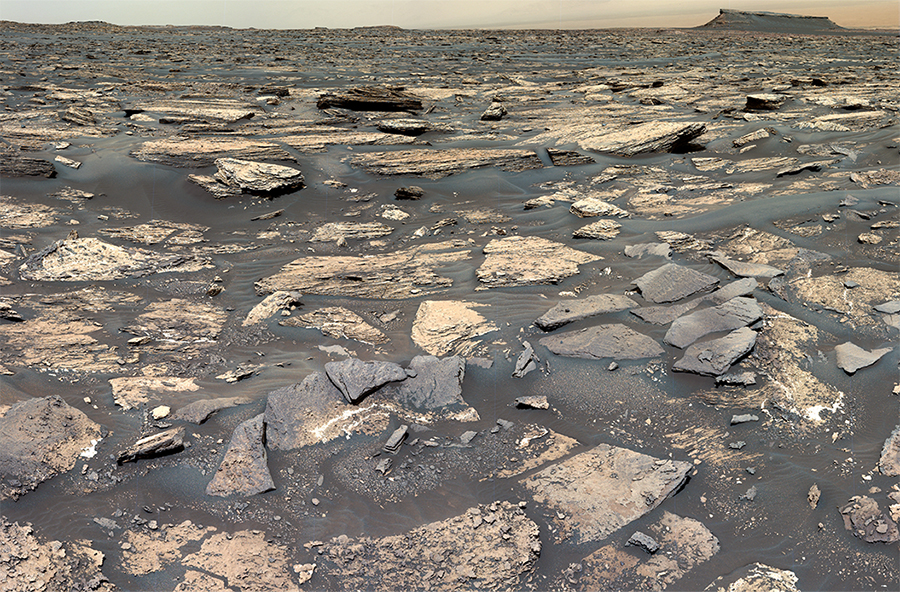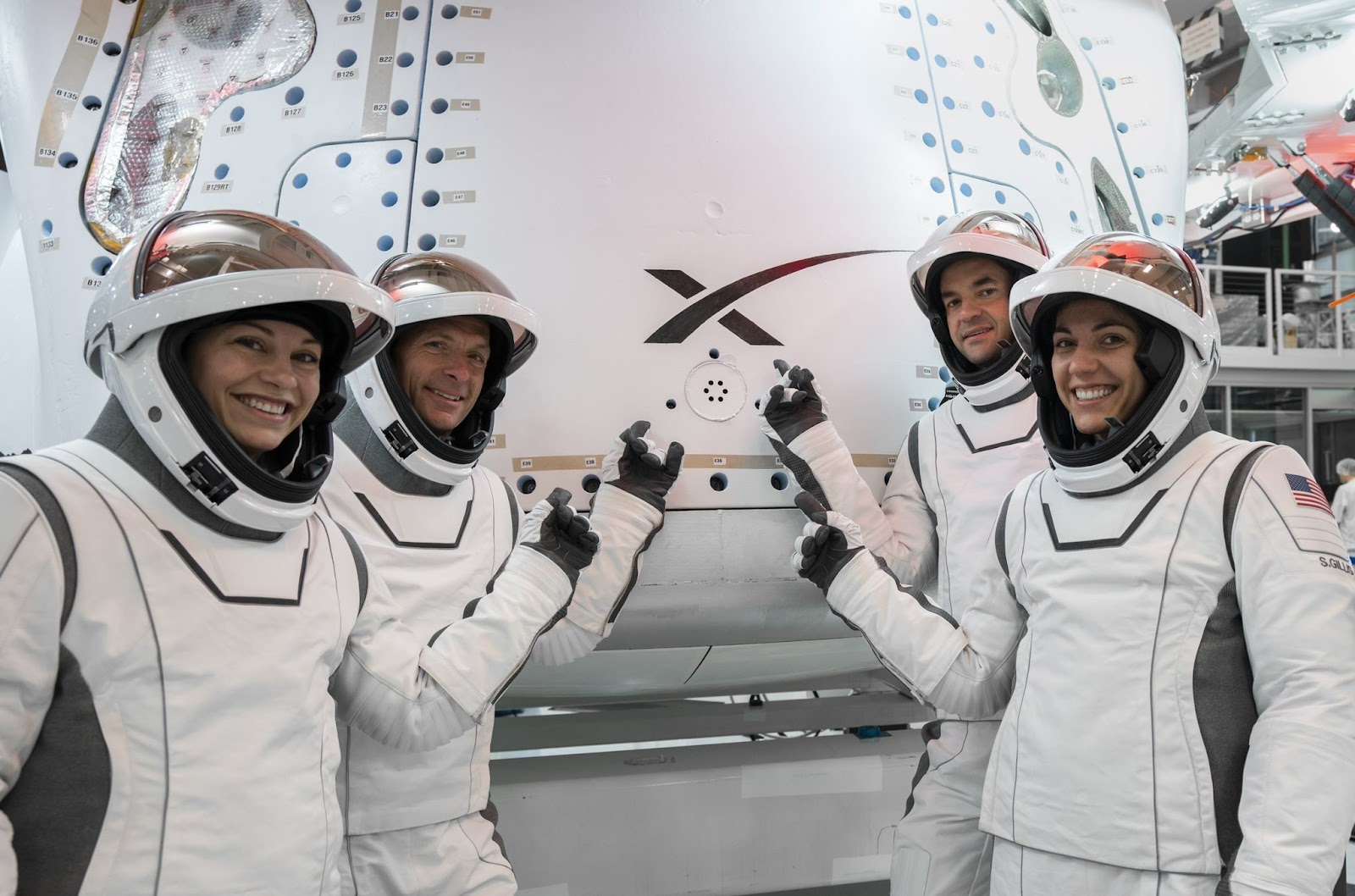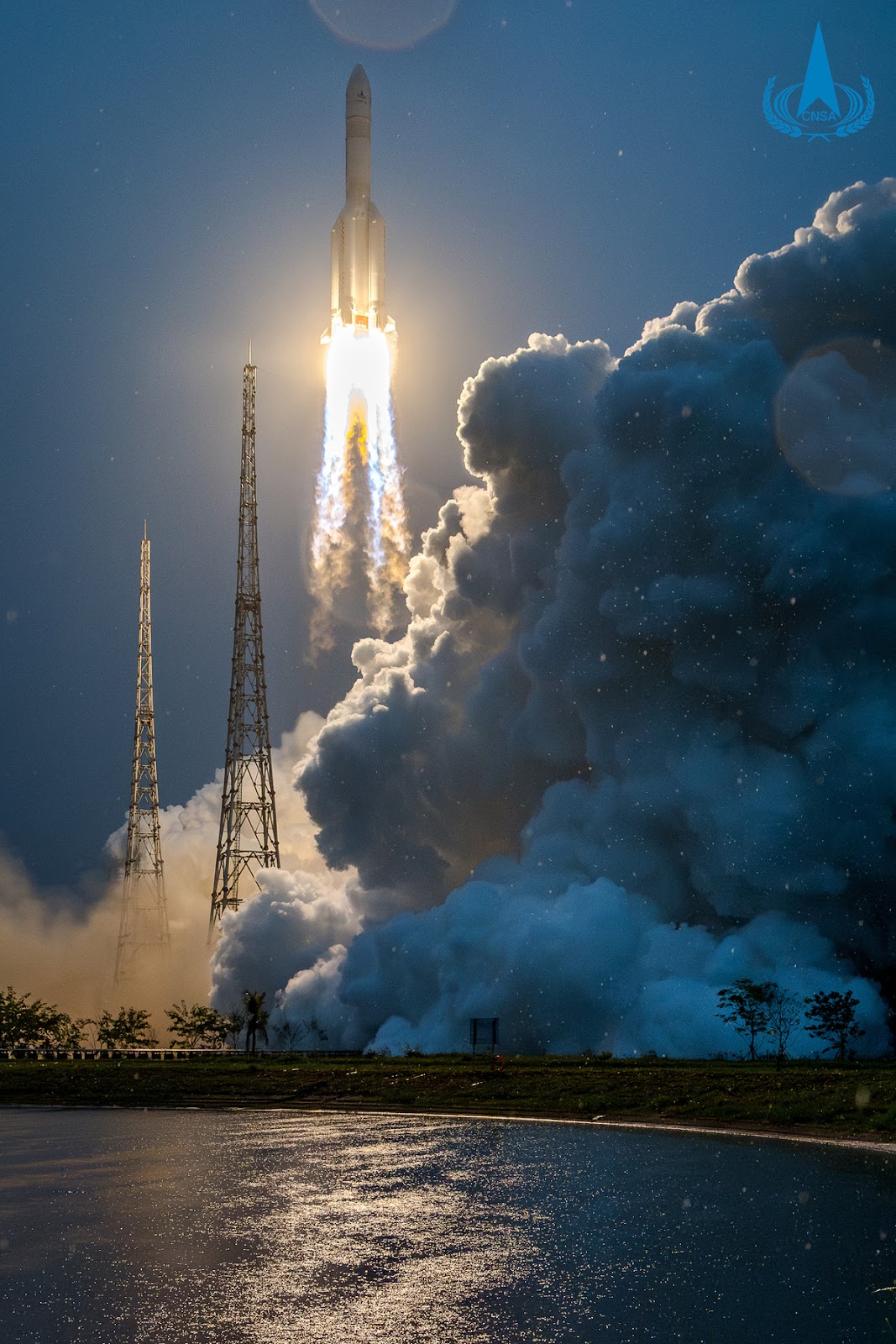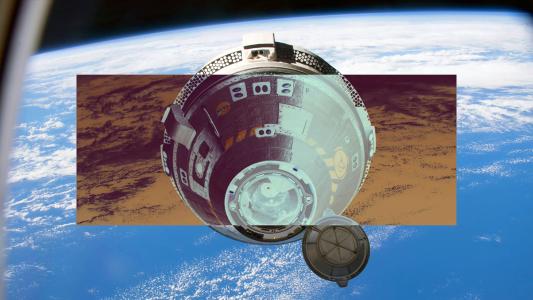This is T-Minus, where we count down the biggest developments in space, from new rocket launches to discoveries that advance our understanding of the universe and our place in it. Humanity is reaching new heights in space exploration. Make sure you’re part of the journey by subscribing here.

A new Mars mystery

Researchers at Los Alamos National Laboratory got a surprise when they used an instrument aboard NASA’s Curiosity rover to analyze the composition of rocks within Mars’ Gale Crater and discovered high levels of the mineral manganese.
“On Earth, these types of deposits happen all the time because of the high oxygen in our atmosphere produced by photosynthetic life, and from microbes that help catalyze those manganese oxidation reactions,” said Patrick Gasda, lead author of a study of the discovery, which was published this week.
“On Mars, we don’t have evidence for life,” he emphasized, “and the mechanism to produce oxygen in Mars’s ancient atmosphere is unclear, so how the manganese oxide was formed and concentrated here is really puzzling.”
More research is needed to explain the mineral’s presence, but the answer could be that parts of Mars were remarkably Earth-like in the past.

SpaceX drops new astronaut drip

In 2021, billionaire entrepreneur Jared Isaacman commanded the first all-private spaceflight, and he already has plans for three more, starting with Polaris Dawn, a five-day orbital mission aboard a SpaceX Crew Dragon spacecraft.
Polaris Dawn is expected to launch this summer, and during the mission, two crew members will attempt the world’s first commercial spacewalk. On May 4, SpaceX unveiled the special spacesuits it is designing to keep the Polaris astronauts safe during that first-of-its-kind mission.
Because Dragon lacks an airlock, the entire spacecraft will have to be depressurized for the spacewalk, so all four astronauts will need to wear suits during the walk, even those remaining inside. SpaceX plans to collect extensive data on the spacesuits during Polaris Dawn, with the intent to upgrade them for future missions.
“Building a base on the Moon and a city on Mars will require millions of spacesuits,” tweeted SpaceX. “The development of this suit and the execution of the spacewalk will be important steps toward a scalable design for spacesuits on future long-duration missions as life becomes multiplanetary.”

China heads to the dark side (again)

In 2019, China made history by being the first nation to soft land a spacecraft on the “dark” side of the moon (the side that always faces away from Earth). On May 3, it successfully launched another mission to the moon’s dark side, and this one — Chang’e-6 — will be the first to attempt to retrieve samples from the region.
The spacecraft is expected to land on the moon in early June 2024 and then collect up to 4.4 pounds of lunar rock. Those samples will then be loaded into an “ascent vehicle” that will transfer them to a lunar orbiter, which will bring them back to Earth before the end of the month.
“[W]e know very little about the moon’s far side,” said Wu Weiren, the mission’s chief designer. “If the Chang’e-6 mission can achieve its goal, it will provide scientists with the first direct evidence to understand the environment and material composition of the far side of the moon, which is of great significance.”
We’d love to hear from you! If you have a comment about this article or if you have a tip for a future Freethink story, please email us at [email protected].





